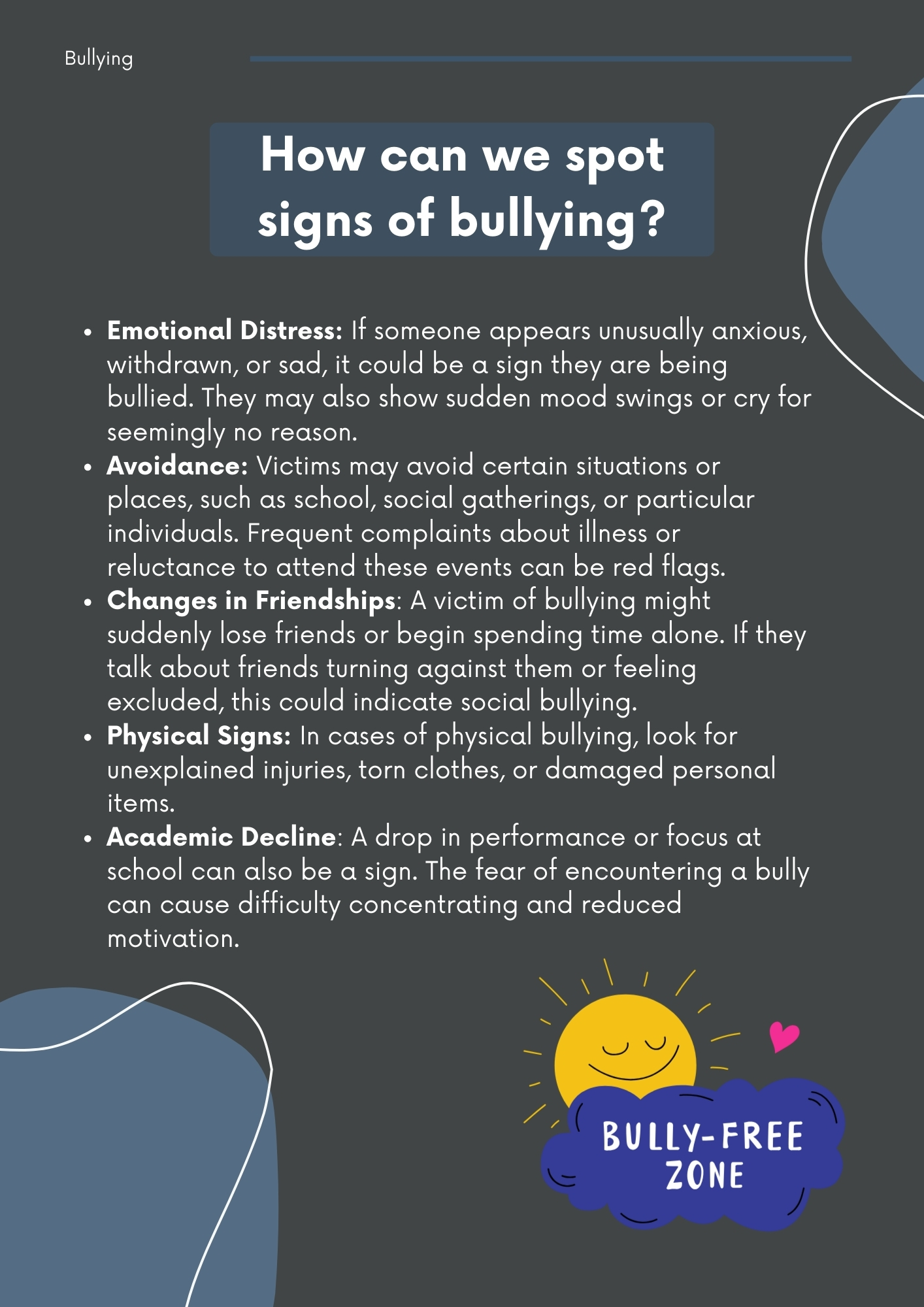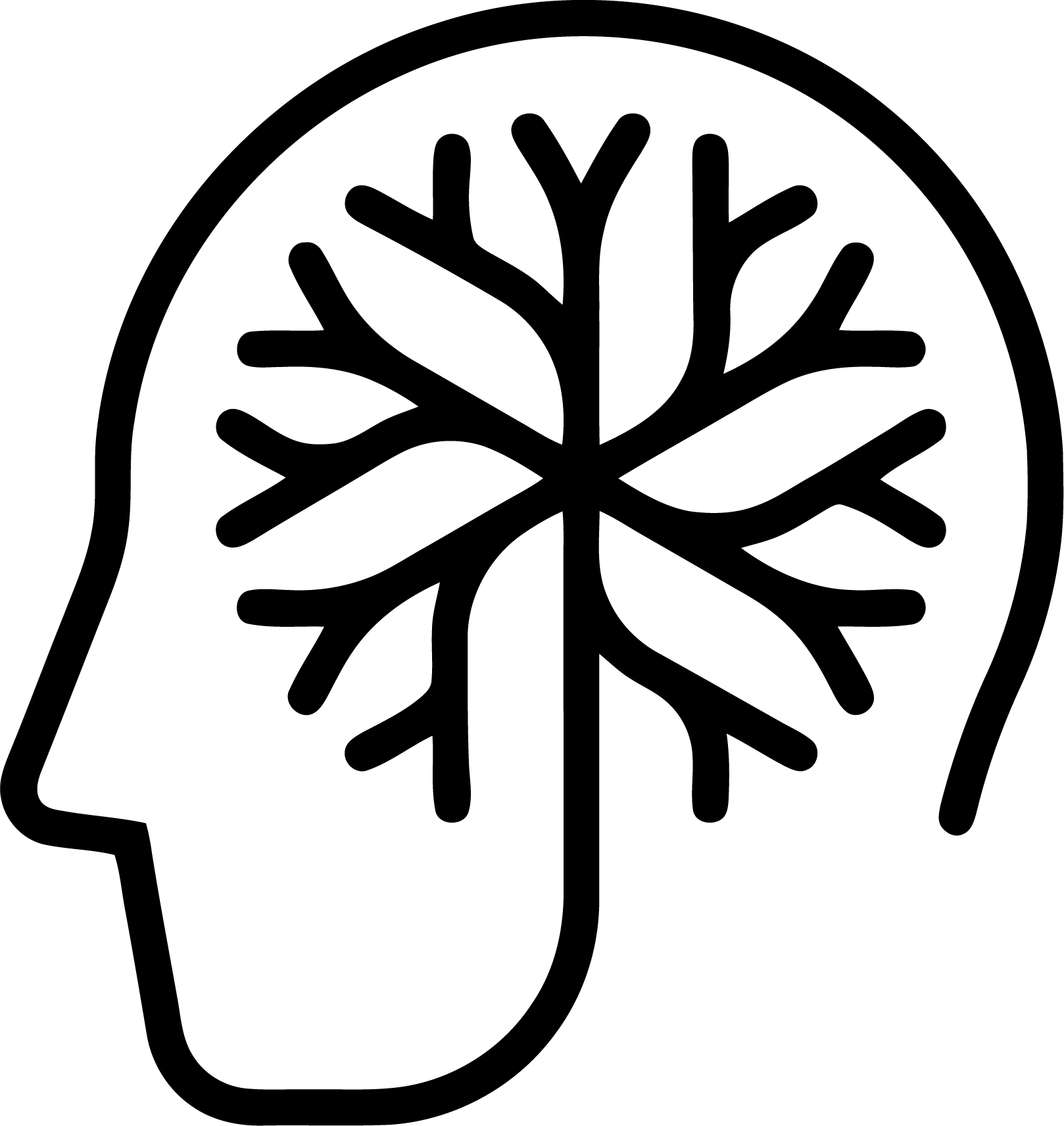This module focuses on bullying, abuse and themes which some individuals may find triggering or difficult for a variety of reasons including due to personal experience. So please, be mindful and seek professional help and advice if you think you or someone you know is being impacted negatively by any of the topics discussed. You should speak a parent, teacher or trusted adult if you have any concerns.
In this module, we’ll dive into important life skills that can help you recognise and manage negative influences, deal with different forms of abuse, and become a champion for inclusion. By the end of this course, you’ll have a toolkit of strategies to handle manipulation, unhealthy relationships, and even learn how to celebrate diversity while challenging prejudice.
You’ll also have the knowledge to stand up for yourself and others, navigate tricky situations, and celebrate the diverse world we live in, having increased your sense of when and how to seek help when things don’t feel right. Plus, we’ll share our own experiences of bullying and give you practical ways to keep yourself and others safe. Ready? Let’s get started!
Within this module, you will be;
- Challenged to look out for signs of bullying, to ask questions so everyone can build
healthy relationships based on kindness and mutual respect. - Encouraged to learn strategies for de-escalating and exiting aggressive social
situations - Inspired to celebrate diversity and challenge prejudice and discrimination
It will be delivered in three parts:
Part 1: Identifying Bullying
Part 2: The Importance of Creating Safe Environments
Part 3: Key Knowledge and Concepts
Key questions
- How can we spot the signs of bullying?
- How can we create safe learning and social environments?
- What is the role of empathy in overcoming bullying and understanding others?
Key Terms
Let’s understand these key terms before we begin:
Bullying
Bullying is aggressive behaviour that involves an imbalance of power, where one person or group repeatedly harms, intimidates, or humiliates another. It can be physical, verbal, or emotional, and often occurs in schools, workplaces, or online (cyberbullying).
Example: A student constantly calls another student derogatory names, spreads false rumours about them, and excludes them from group activities, causing the victim to feel isolated and afraid to attend school.
Abuse
Abuse refers to the intentional use of force, manipulation, or control over another person in a harmful way. It can take many forms, including physical, emotional, sexual, financial, or psychological abuse, and is often found in close relationships or situations of power imbalance.
Example: In an abusive relationship, one partner controls the other’s access to money, isolates them from friends and family, and belittles them regularly, making them feel worthless and trapped.
Let’s look at this area in more detail:
Harassment
Harassment is unwanted, repeated behaviour that causes distress or fear in the targeted individual. It can include physical actions, verbal comments, or online behaviour, and may target someone based on characteristics such as gender, race, religion, or sexual orientation.
Example: A coworker repeatedly makes sexual jokes and inappropriate comments toward a colleague, even after being asked to stop. The colleague feels uncomfortable and unsafe at work.
Discrimination
Discrimination occurs when someone is treated unfairly or differently based on characteristics such as race, gender, age, religion, disability, or sexual orientation. It involves denying opportunities or rights because of who someone is or how they are perceived.
Example: A qualified woman applies for a promotion, but the position is given to a less-qualified male colleague simply because the employer believes women are less capable of handling leadership roles.
How can we spot the signs of bullying?
Spotting the signs of bullying is crucial for early intervention. Bullying often manifests in both emotional and behavioural changes in the victim. Here are some key signs to watch for:

Recognising these signs early on is essential for addressing the issue and providing support.
Task One – Be ready to speak up
Think about what might need to happen after you spot the signs of bullying. Create a poster, social media post or public announcment of practical ways you as an individual can challenge the harmful behaviours of a bully.
Now it is time to move on to think about how to create safe learning and social environments, use the button below to access part 2 of this module:
